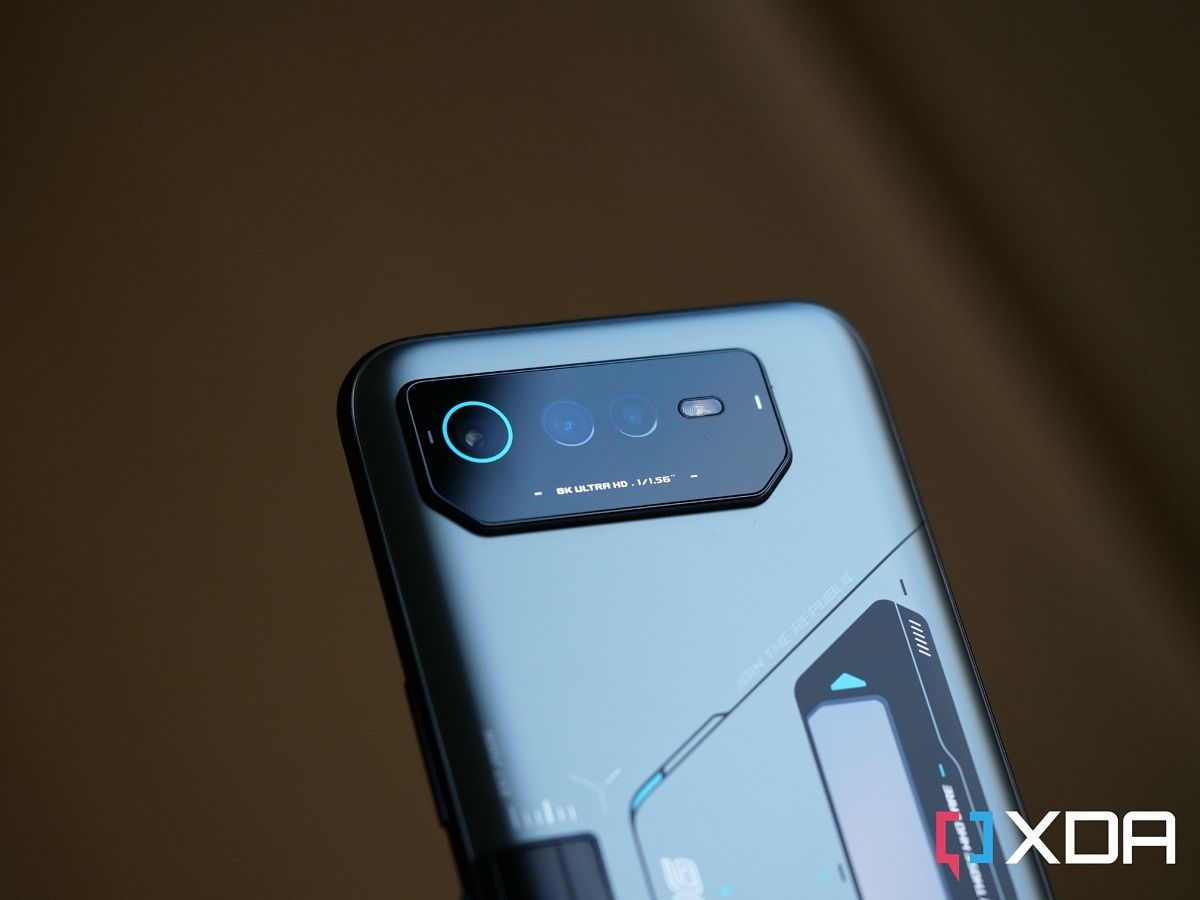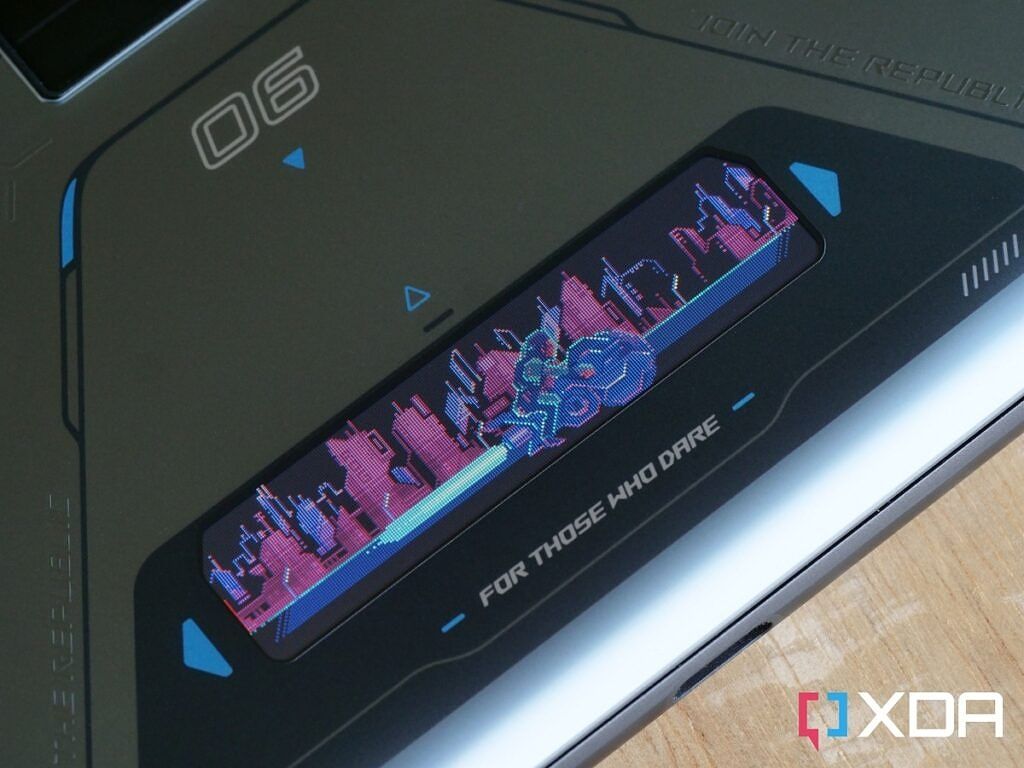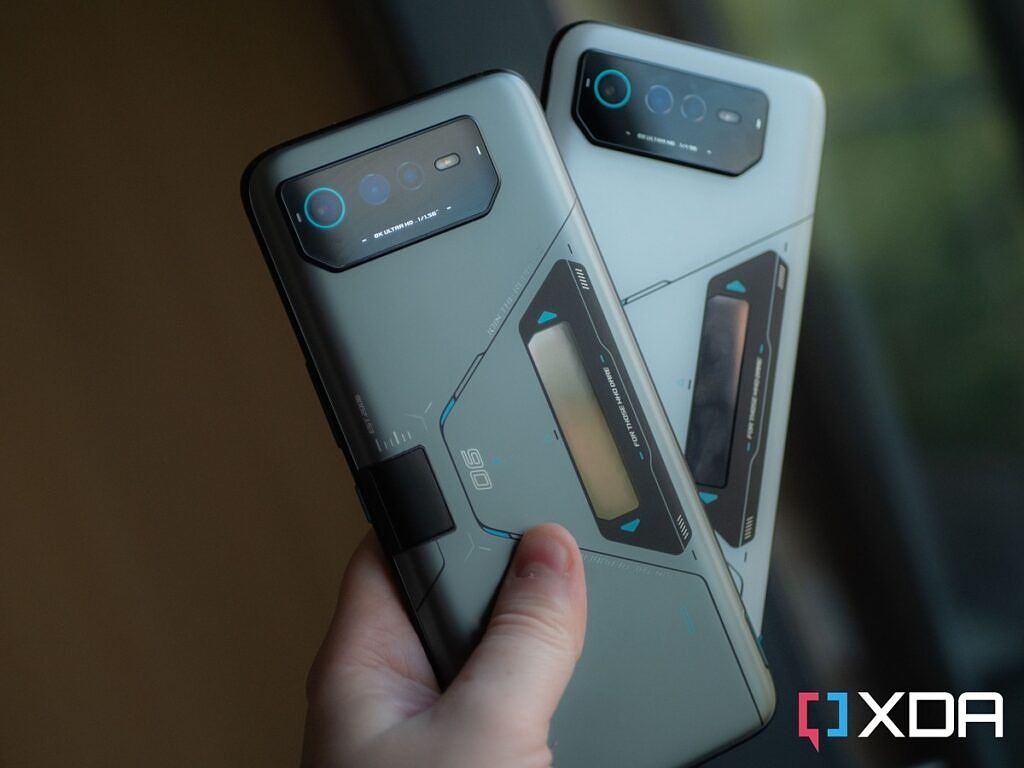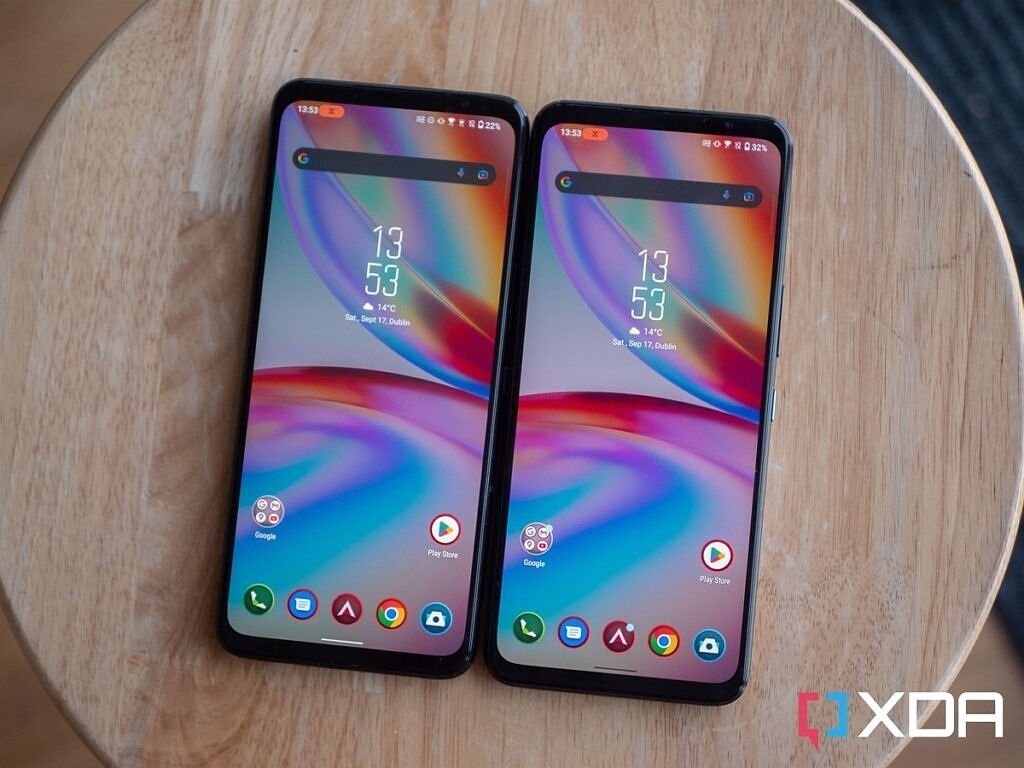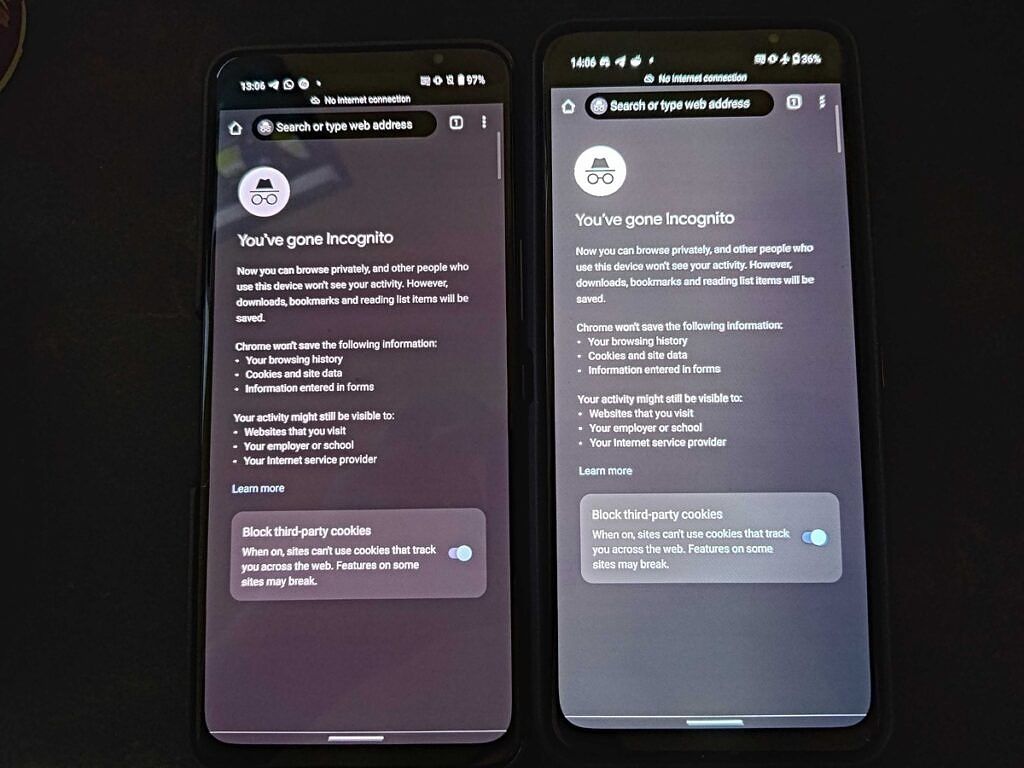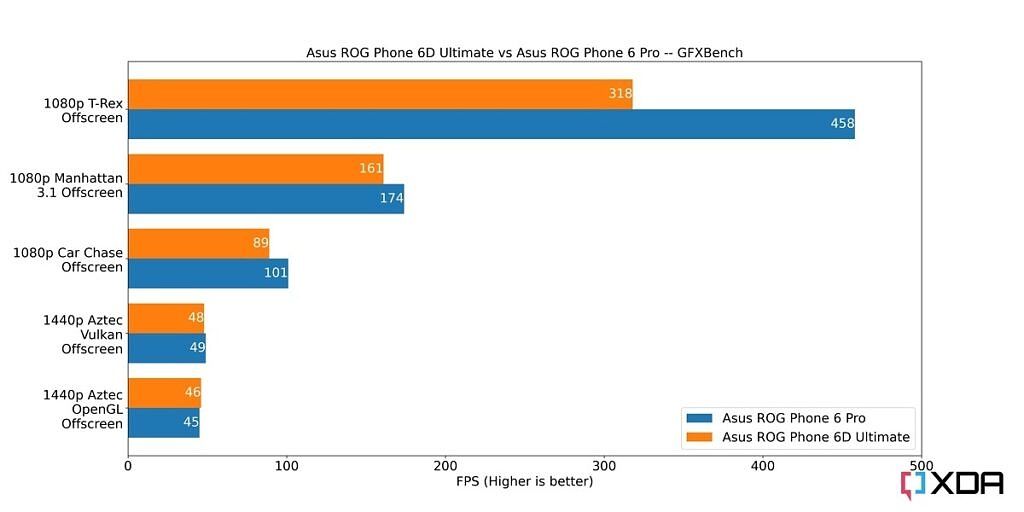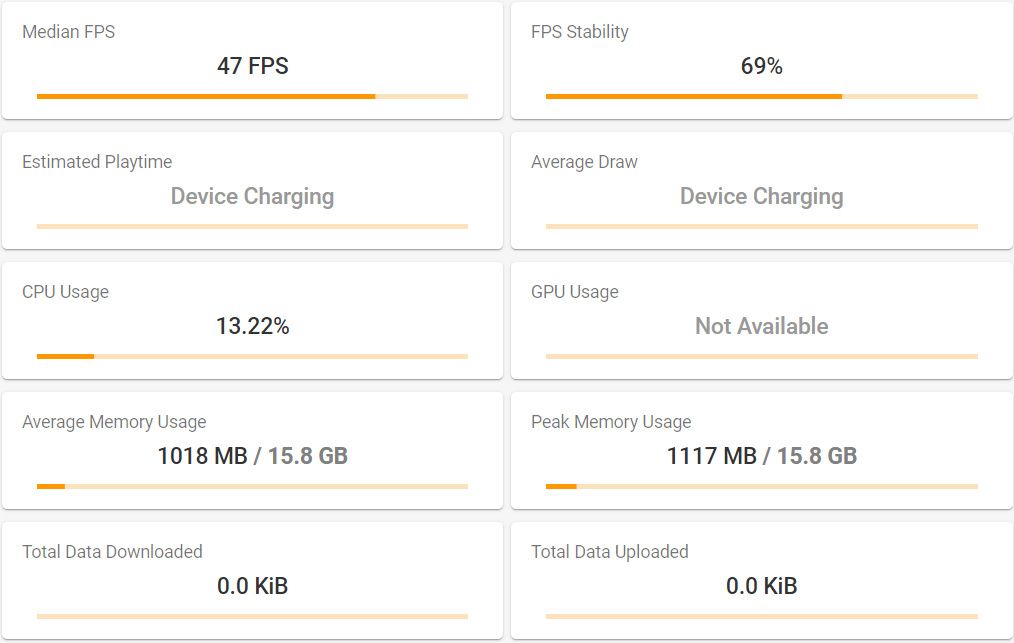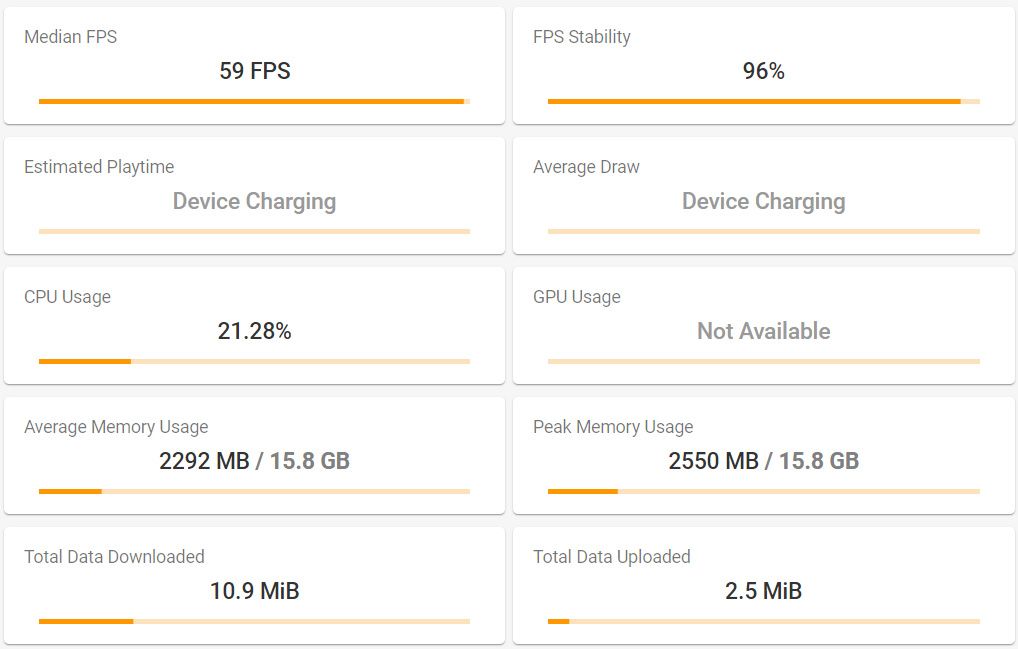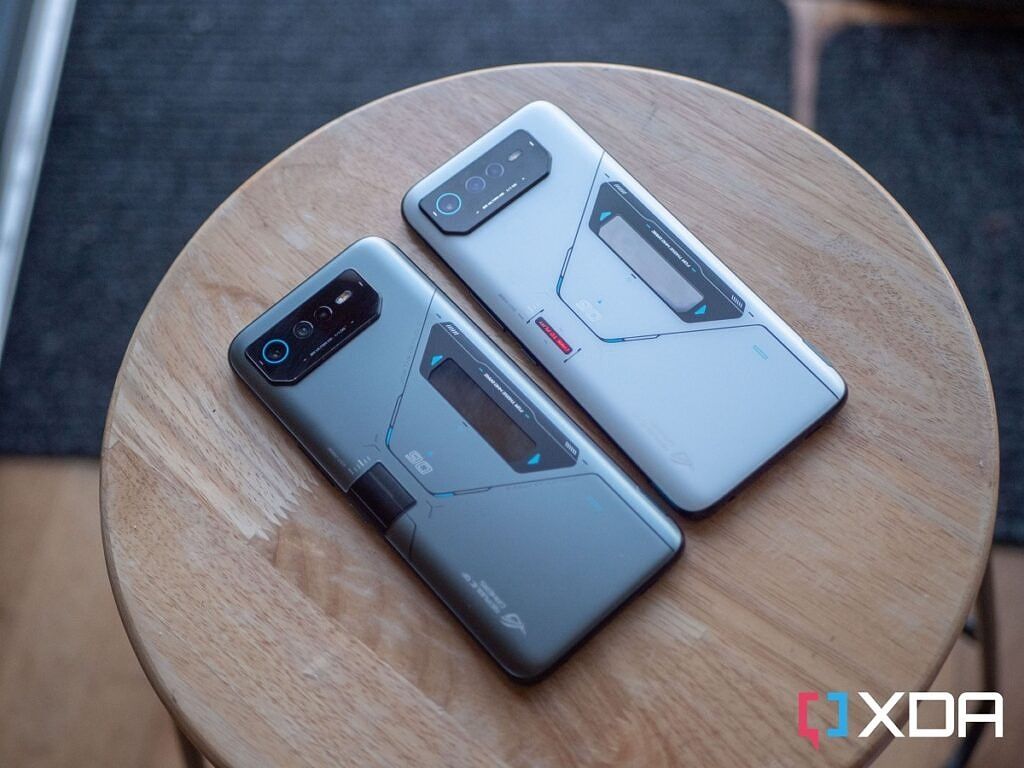Asus has been leading the charge with chipsets in recent months. The Qualcomm Snapdragon 8 Plus Gen 1 first arrived in the west via the Asus ROG Phone 6 Pro, a true powerhouse that has everything and the kitchen sink. Following that saw the advent of the Zenfone 9, a dinky little device with a lot of might. Now we're getting the Asus ROG Phone 6D Ultimate, and it's yet another first -- this time, it's the first time the MediaTek Dimensity 9000 Plus is coming to the west.
The MediaTek Dimensity 9000 never came to the west either, and instead, launched in some devices like the OPPO Find X5 Pro... but only in China. It's MediaTek's big return to the flagship space, and the Dimensity 9000 both performed well and was pretty power efficient -- possibly thanks to its TSMC production. Now the chipset is here in the ROG Phone 6D Ultimate, a phone that's meant to be even beefier than the Asus ROG Phone 6 Pro. But can it live up to the "Ultimate" name?
The ROG Phone 6D Ultimate doesn't really have any other changes bar one, and that's the addition of a cooling vent that integrates with the AeroActive Cooler 6 -- which, by the way, comes with the phone too. It's a mechanical vent that lifts up when you connect the cooler to it to help with the airflow. Aside from that, the phone is every bit the same as the 6 Pro that was released a couple of months ago. As a result, we're really only going to be going over performance, and you can read the Asus ROG Phone 6 Pro review to find out the rest.
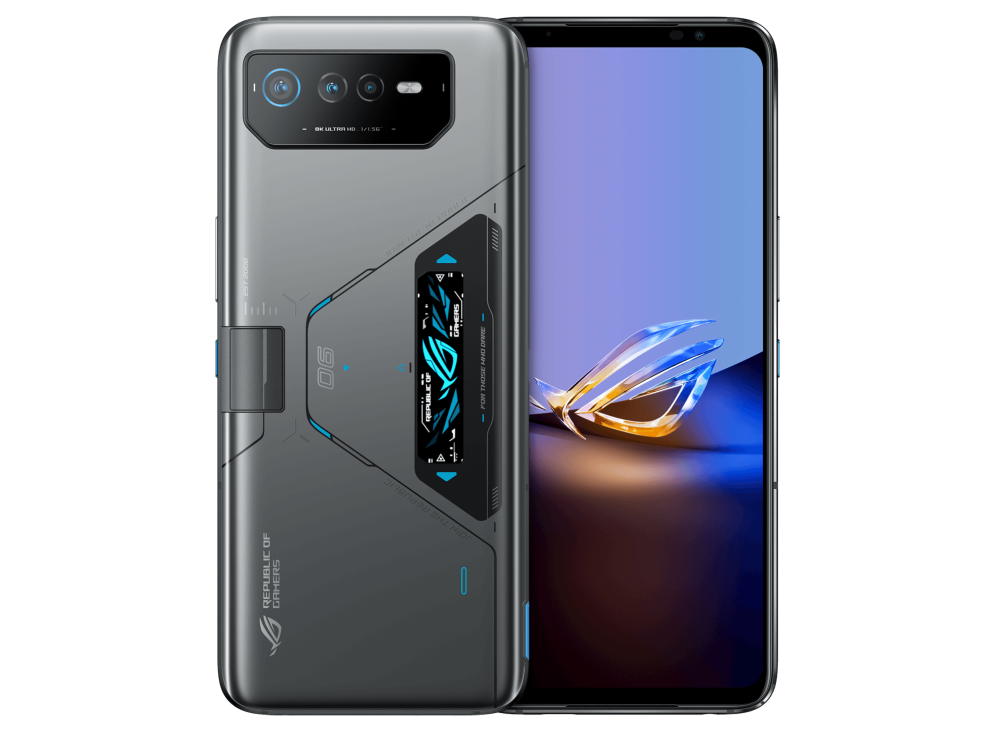
ASUS ROG Phone 6D Ultimate
The Asus ROG Phone 6D Ultimate is the same phone as the Asus ROG Phone 6 Pro, but with a MediaTek Dimensity 9000 Plus instead.
Asus ROG Phone 6D Ultimate: Specifications
|
Specification |
Asus ROG Phone 6D Ultimate |
|---|---|
|
Build |
|
|
Dimensions & Weight |
|
|
Display |
|
|
SoC |
|
|
RAM & Storage |
|
|
Battery & Charging |
|
|
Security |
In-display fingerprint sensor |
|
Rear Camera(s) |
|
|
Front Camera(s) |
12MP IMX663 |
|
Port(s) |
|
|
Audio |
|
|
Connectivity |
|
|
Software |
|
|
Accessories/other features |
|
About this review: Asus provided us with the Asus ROG Phone 6D Ultimate for the purposes of review on the 15th of August, 2022. It did not have any input into the contents of this review.
Asus ROG Phone 6D Ultimate: Design
The Asus ROG Phone 6D Ultimate packs literally the same design as the 6 Pro. It has the same display, same bezel at the top and bottom... it's a complete carbon copy. The only major difference in design is in the back, and it's the removal of the "dare to leap" LED on the left-hand side. It's since been replaced with a mechanical vent that integrates with the AeroActive Cooler. If you don't have one, though, then this phone is functionally the same in its design and everything that we talked about back then remains the same. The vent opens up to allow air to follow over copper heatsinks.
To recap, this phone has a headphone jack at the top, a USB-C port on the side, a USB-C port on the bottom, pretty good haptics, and a triple camera on the back. The display is completely unimpeded by any kind of notch or punch hole too, which makes it great for gaming. In short, it's a good, functional design, though the phone is huge coming in at 6.78-inches. There's nothing really too different about this device design-wise.
However, one major issue we did come across with our unit was the panel uniformity. Take a look at the photo below.
On the Asus ROG Phone 6D Ultimate, the panel is noticeably darker on the right-hand side. While I have used a gray background to better accentuate the issue, it's noticeable throughout the UI. It happens at any refresh rate after using the phone for about five minutes and is very hard to ignore once you've noticed it. We reached out to Asus and we're hoping to hear back soon.
Asus ROG Phone 6D Ultimate: Performance
Given that every aspect of this smartphone is the same as its predecessor bar the chipset, that's the part that's most worth talking about. The rest would essentially just be a rehash. However, the MediaTek Dimensity 9000 Plus is an entirely different chipset. Pretty much everything about this phone was designed with consideration as to how it would affect the gaming experience, and obviously, performance is paramount when it comes to gaming. This phone has the fastest UFS 3.1 storage (and a lot of it), and 18GB of LPDDR5 RAM.
The MediaTek Dimensity 9000 Plus blows anything else out of the water when it comes to CPU performance
As for the Dimensity 9000 Plus, it's a mixed bag when compared to the Snapdragon 8 Plus Gen 1. We'll be sure to do a full-on comparison in the near future, but the bottom line is that it's better in some things and worse in others. Most notable is the CPU performance increase, whereas the GPU is a little bit underpowered when compared to the Adreno offering in Qualcomm's chipset. The key takeaway though is this: the MediaTek Dimensity 9000 Plus blows anything else out of the water when it comes to CPU performance.
However, there's one important thing that needs to be addressed here, and that's an overclock that Asus applies to this particular chipset with X Mode enabled. With X Mode enabled, the primary core on the CPU jumps from 3.2GHz to 3.35GHz. That's not all though, as the trio of super-cores also jump from 2.85GHz to a whopping 3.2GHz. That's a crazy jump and means that you get a lot more performance when X Mode is enabled. Those super-cores actually jump to a frequency that's the same as what the primary core should be at, according to MediaTek's specification sheet. This comes at the expense of power efficiency though, too.
GFXBench
The graphics capability of a smartphone is one of the most important aspects when it comes to gaming. The Mali GPUs that are present in MediaTek chipsets aren't exactly known to be powerful, and sadly, that's still the case here. While it can keep up in some ways, it mostly falls a little bit behind what the Adreno GPU in the Asus ROG Phone 6 Pro is capable of. It's still good, but in benchmarks, the difference is very noticeable.
3DMark Wild Life Extreme
Surprisingly enough, the Mali GPU of the Dimensity chipset does manage to keep close enough with the Adreno GPU of the Snapdragon in 3DMark's Wild Life Extreme test. This is a pretty intensive test, so a good sign for this particular chipset, particularly in lieu of the above results in comparing both chips with GFXBench.
CPU Throttling Test
CPU Throttling Test is a freely available app on the Google Play Store, and it repeats a simple multithreaded test in C for as short as 15 minutes. We increased the length of time to 30 minutes. The app charts the score over time so you can see when the phone starts throttling. The score is measured in GIPS — or billion operations per second. It’s essentially a test that can measure the sustained performance of a chipset. While the phone does heat up, it’s not unbearably hot and is perfectly usable even at the hottest that it achieved.
The MediaTek Dimensity 9000 Plus pulls off something that I've never seen a chipset do in any of our testing yet: it crosses the 400 GIPS mark in our CPU Throttling Test. Its minimum CPU performance in this test is only just shy of 10% below the maximum measured on the Asus ROG Phone 6 Pro as well, pointing to the powerful processing capabilities of this particular chipset. Good performance even when throttled is important too, as it means that your gaming performance should be uninhibited.
Geekbench 5
It's a similar story in Geekbench's multi-core results, where the MediaTek Dimensity 9000 Plus sees a 7% increase in score over the Snapdragon 8 Plus Gen 1. Benchmarks aren't the be-all and end-all though, and there are other aspects of a smartphone's chipset that matter too.
Gaming performance
The Asus ROG Phone 6D Ultimate's gaming performance is what perplexes me the most. You would expect that going from "Pro" to "Ultimate" would net improvements, right? However, that's not the whole picture rom what I've seen in my testing. The MediaTek Dimensity 9000 Plus trades blows with the Snapdragon 8 Plus Gen 1 in a few different ways.
Take The Simpsons: Hit & Run, a game that I often use for testing the performance of a smartphone. I run the game through AetherSX2, a PlayStation 2 emulator. Even with some pretty computationally taxing events happening when testing on the Asus ROG Phone 6 Pro, it managed to attain a median FPS of 55 FPS. In contrast, the Asus ROG Phone 6D Ultimate struggles with a median FPS of 47.
As for why that is, I can imagine two reasons. The first is that the GPU in the Dimensity 9000 Plus is a bit weaker than what you'll find in the Adreno GPU of the Snapdragon chipset. However, on top of that, you'll generally have a better emulation experience on Snapdragon anyway for a number of different reasons, nearly all of which are driver related. So, what about a game like Genshin Impact?
For the purposes of objective testing, we ran the game at absolute maximum settings at 60 FPS. I was very, very impressed by the results, as I didn't expect it to work as well as it did. This actually performs better than the Asus ROG Phone 6 Pro, as it maintains an extremely stable frame rate with few noticeable frame drops whatsoever. The phone got hot, but it never felt too hot to touch, and there was no noticeable throttling taking place even when it did get hot.
The performance of the Asus ROG Phone 6 Pro was already ludicrous, and somehow, the MediaTek Dimensity 9000 Plus tops it when it comes to Genshin Impact
The performance of the Asus ROG Phone 6 Pro was already ludicrous, and somehow, the MediaTek Dimensity 9000 Plus tops it when it comes to Genshin Impact. Given that it's a really intensive game, that's an impressive feat.
Asus ROG Phone 6D Ultimate: Battery life
In a smartphone, there are a ton of different aspects of the phone that can affect power draw. The display drains a significant portion of power, both in illuminating pixels and in its refresh rate. Another part of the phone that drains a significant amount of battery is the phone's modem, which handles all kinds of connections. However, the most power-hungry part of a phone is arguably its chipset. That's why a chipset change raises a massive question mark for battery life. The Dimensity 9000 was said to be an efficiency boon, so how does the 9000 Plus fare?
Surprisingly, the battery life has been pretty poor for this phone when compared to the Snapdragon 8 Plus Gen 1. It's still good, but it's nowhere near as excellent as I expected, especially when the Snapdragon 8 Plus Gen 1 was so much better. I have a number of theories as to why this is, but none of them obviously actually solve the problem. The most plausible I think is that the final steps in the frequency multiplier use the most energy, and given that MediaTek has essentially overclocked the Dimensity 9000 here, it's going to use even more energy at its peak clock speeds.
Again, this isn't really bad battery life. However, there's no denying that it is a downgrade, and for gamers especially, battery life is a contentious issue. You obviously want your phone to last through long gaming sessions, and if this phone can't do it, then what's the point of having a gaming phone?
The "Ultimate" conundrum
Having used this device, there's no denying that it's powerful. The MediaTek Dimensity 9000 Plus is really powerful in the computational department, but the GPU is where it seems to falter in comparison to the competition. I was surprised at how much this device struggled with The Simpsons: Hit & Run when I've had nothing but good experiences previously with this generation of chipsets. However, it did a great job with Genshin Impact. Whether it's Asus' implementation or the chipset itself I'm not sure, but nevertheless, it's hard to say that this phone lives up to the "Ultimate" moniker.

ASUS ROG Phone 6D Ultimate
The Asus ROG Phone 6D Ultimate is the same phone as the Asus ROG Phone 6 Pro, but with a MediaTek Dimensity 9000 Plus instead.
If anything, I feel like this phone should have been posited as an alternative edition of the 6 Pro, kind of like how the OPPO Find X5 Pro Dimensity Edition launched in China. "Ultimate" implies better when I think it's more of a sidegrade between some of the downgrades and upgrades. There are benefits to both devices. Superior battery life and emulation performance go to the Snapdragon 8 Plus Gen 1, whereas the Dimensity 9000 Plus is an arguably more powerful chipset overall thanks to the beefed-up CPU and nearly-on-par GPU. You can't go wrong with this chipset, but you also can't go wrong with the Snapdragon 8 Plus Gen 1 either. It's all about what you value most.

